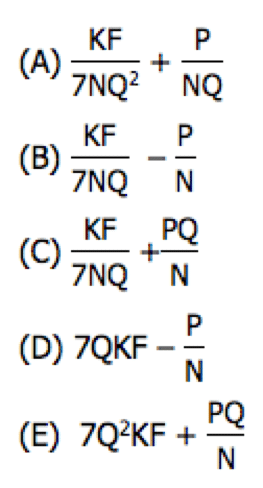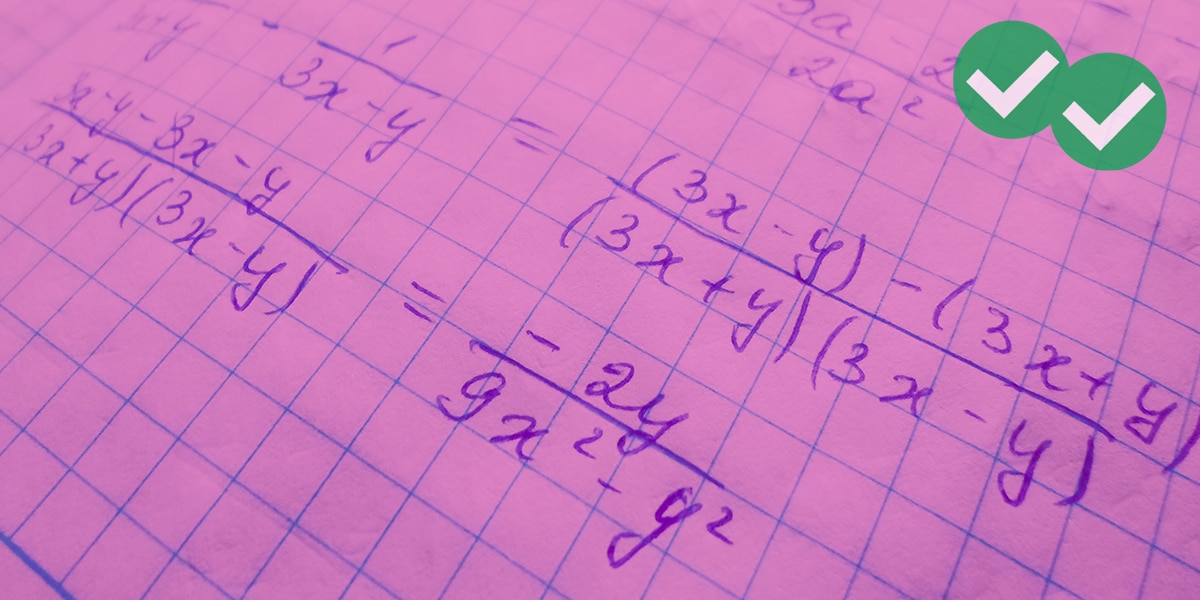Those of us in test prep have become used to hearing folks tell us: I thought I understood such-and-such a topic, but then I did so poorly on it on the test (whether a practice test or the actual GMAT). Of course, there’s a difference between a more academic understanding of a topic and the GMAT-specific strategies you will need for success on test day. Beyond this, though, there are also different levels of understanding, and it’s very important as a student to appreciate which level you’re referring to when you say “I understand X.”
Stages of Understanding
We could outline, roughly, six levels of understanding.
- Level #0 = no understanding, it’s completely foreign, does not compute
- Level #1 = looks familiar, “Yeah, I think I’ve seen that before,” some dim memory of how to do it
- Level #2 = with a little review, or some key hints or coaching, you can solve one of these problems.
- Level #3 = In the course of focused-practice, you can solve these problems consistently. If you are in the “zone” for that problem type, then you can do it.
- Level #4 = you can see the problem cold and, with no warm-up, be able to solve it, time and time again. This happens in diverse-problem practice.
- Level #5 = you can not only solve the problem, but explain explicitly the strategy employed in solving the problem
- Level #6 = you can teach the problem clearly to someone who is struggling with how to work through it, and you can answer all their questions in a way they understand. (The old adage among teachers: “The best way to learn something is to teach it.”)
What “I Understand” Means
Someone at Level Zero really can’t legitimately say, “I understand,” and saying that is a stretch for someone at Level 1. At Level 2 or above, someone can reasonably say, “I understand.” That, though, can be a problem. Someone at Level 3 can say, “I understand X” — indeed, they have made enormous strides beyond Levels 1 & 2 — but in the mixed-problem format of a practice test, where the test-taker is faced with one problem type after another and has to handle each one cold, then Level 3 is not going to be sufficient. Sometimes, this is exactly what happens when folks say: “I understood X, but then I couldn’t do it on the test.”
To get a sense of the level of understanding required on the GMAT, take the Magoosh GMAT Diagnostic Test.
Reach For the Stars
There’s a saying: if you reach for the stars, you may get as far as the ceiling, but if you reach for the ceiling you will never get off the floor. On test day, you will need to be at Level 4. One of the best ways to guarantee that you’ll get there is to reach for Level 5 and Level 6 in practice.
Some suggestions for how to do that: (1) do more mixed-concept review and less single-concept review (see this post for more on that issue); (2) practice not only solving the problems, but writing out the steps of strategy for solving them; (3) practice with others — that is, put yourself in a situation in which you have to explain your thought process to others; (4) if you are stronger in one particular area, do some informal tutoring, where you have to answer someone else’s questions. The forums (GMAT club & Beat the GMAT) can be great places to do so.
Summary
Rather than simply saying, “I understand X,” or “I don’t understand X,” be more nuanced. Think about your understanding of each concept in terms of these levels, and ask yourself, for each topic, “How would you push to the next level of understanding?”






Leave a Reply